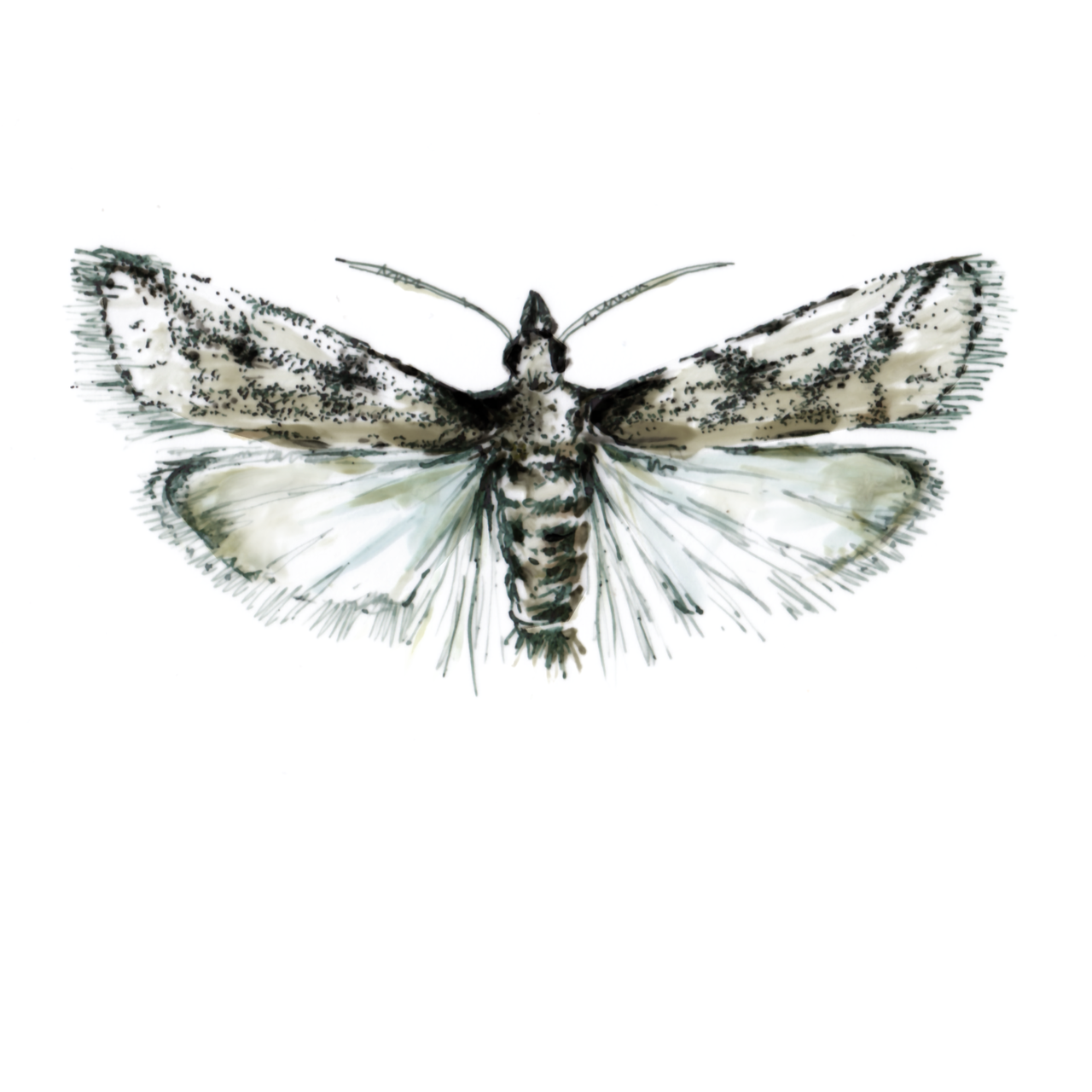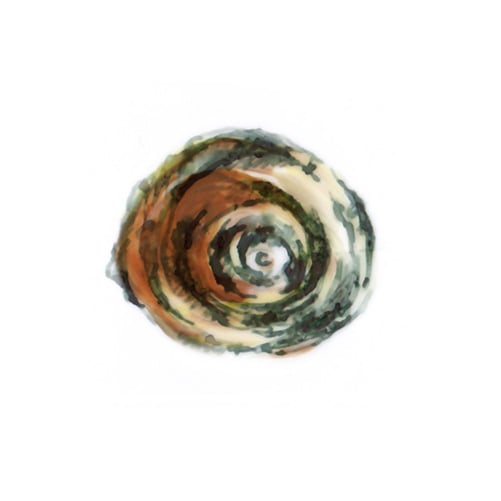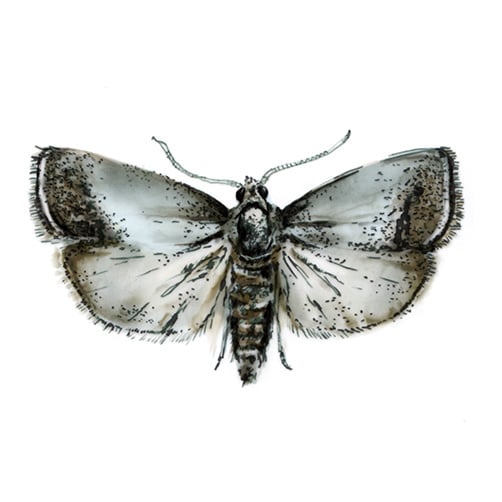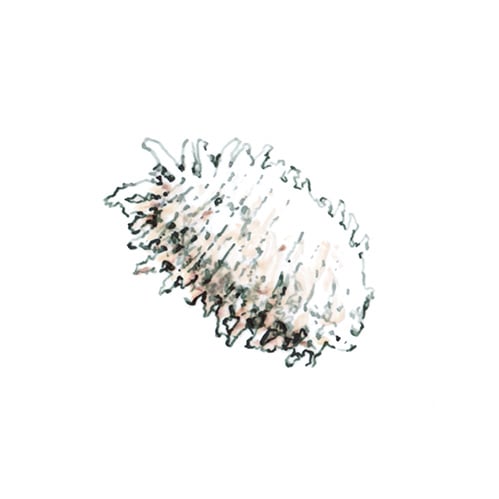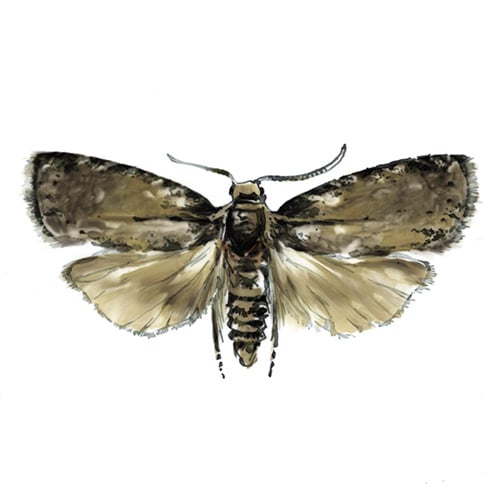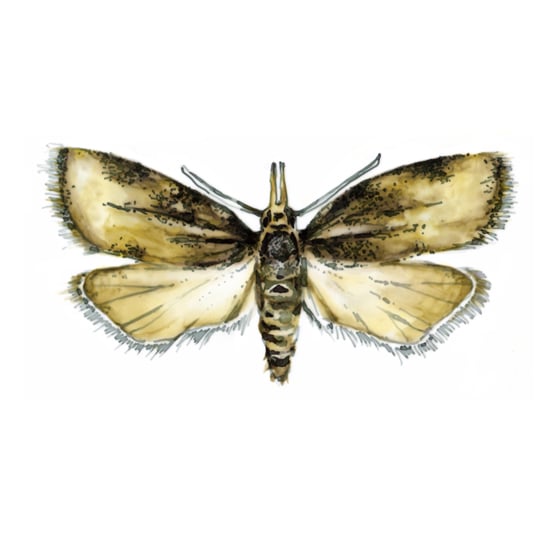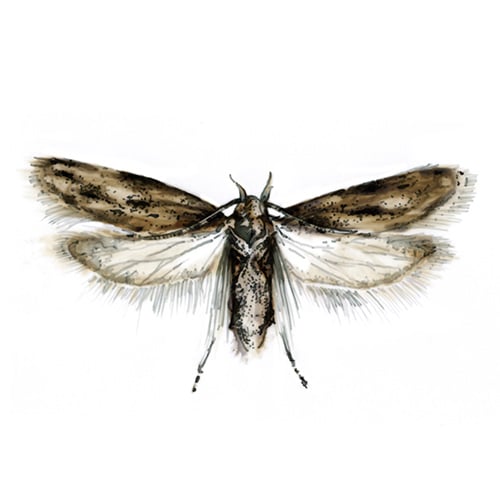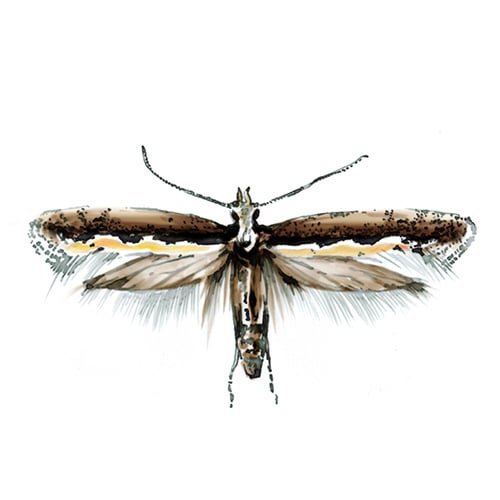What is Mating Disruption?
Mating disruption is a proven pest management strategy that uses species-specific sex pheromones to reduce target insect populations and their damage. The practice has become a key component of agricultural and commercial Integrated Pest Management (IPM) programs.
IPM is a holistic approach to pest management that builds on generations of farming knowledge. It incorporates sustainable practices such as biological control, pest-resistance crop varieties, and pheromone-based mating disruption. After decades of insect pheromone research and rigorous field testing, mating disruption has evolved into an internationally utilized strategy, spanning multiple continents and a variety of crop systems.
As female insects reach sexual maturity, they produce species-specific chemical signals known as pheromones to attract males from short or long distances. Suterra’s mating disruption solutions (CheckMate®, Celada™ and Puffer®) precisely replicate these natural signals, allowing growers to distribute pheromone throughout their orchards, vineyards, or fields.
The added pheromone in the environment confuses or ‘blinds’ male insects, making it difficult for them locate females. This results in reduced mating success and a significant decline in pest populations and damage.
WITH
Mating Disruption
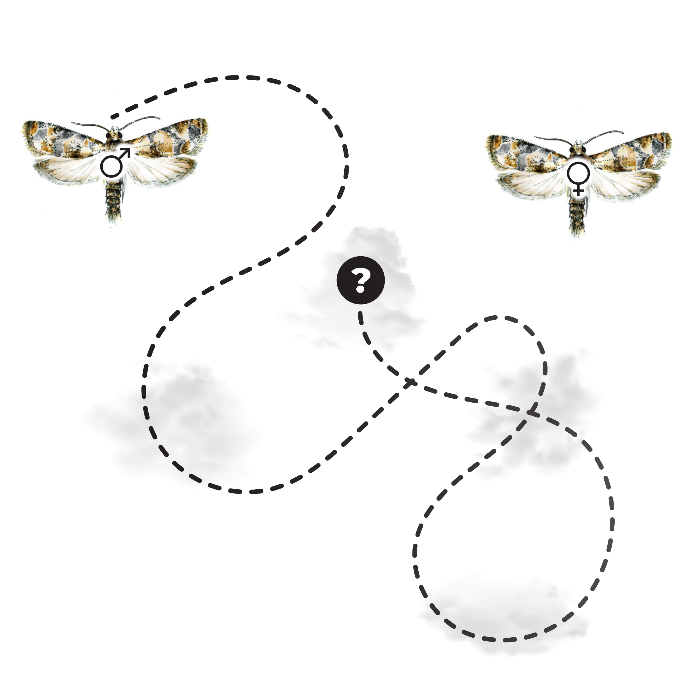
WITHOUT
Mating Disruption

Males follow pheromone trails to locate females for mating
Our products disperse species-specific pheromone
Dispersion of female sex pheromone confuses males
Males are unable to pinpoint locations of females, reducing mating
No Mating = No Offspring
Reduced Pest Population
The Value of Sustainable Pest Control Practices
Proven Biological Technology
- Mating disruption reduces the ability of target pests to reproduce throughout the season.
- Fewer insects means less damage and higher quality crop.
Delays Insecticide Resistance
- Mating disruption extends the life of insecticides by making it harder for insects that survive to reproduce.
- Target pests remain more susceptible to insecticidal modes of action for a longer period of time where mating disruption is used.
Safe for Beneficial Organisms
- There are no substances more selective than sex pheromones.
- Mating disruption targets only the males of the pest species, making our products completely safe for beneficial insects such as pollinators and natural enemies.
IPM Compatible
- Suterra’s mating disruption solutions are compatible with all other integrated pest management tools such as insecticides, natural enemies, sanitation, and other cultural practices.
- The use of mating disruption increases the efficacy of these other tools by preventing population growth.
Residue Free Control
- Our products release precise amounts of pheromones into the environment to reduce pest populations with no maximum residue limits (MRLs).
- Most insecticides require pest contact or ingestion and create crop residue issues.
Supports Worker Safety
- Because pheromones are naturally occurring and species-specific, they are non-toxic and safe for workers.
- Our products have no zero or very minimal re-entry intervals (REIs) and zero pre-harvest intervals (PHIs).
Driving Innovation in Mating Disruption
As the industry leaders in pheromone-based pest management, we have engineered innovations such as Puffer® aerosols, vapor release dispensers, and microencapsulated sprayable pheromones. These pheromone delivery systems can be easily incorporated into any farming operation and provide significant return on investment for growers.
Our patented platforms have helped growers effectively protect their crops, at a time with increasing limitations on many traditional pest management tools. With over four decades of experience, Suterra continues to set the standard in sustainable pest management, supporting growers globally with cutting-edge solutions for key pests in multiple crop systems.
We are proud to partner with growers to ensure sustainable and effective pest control for the future.
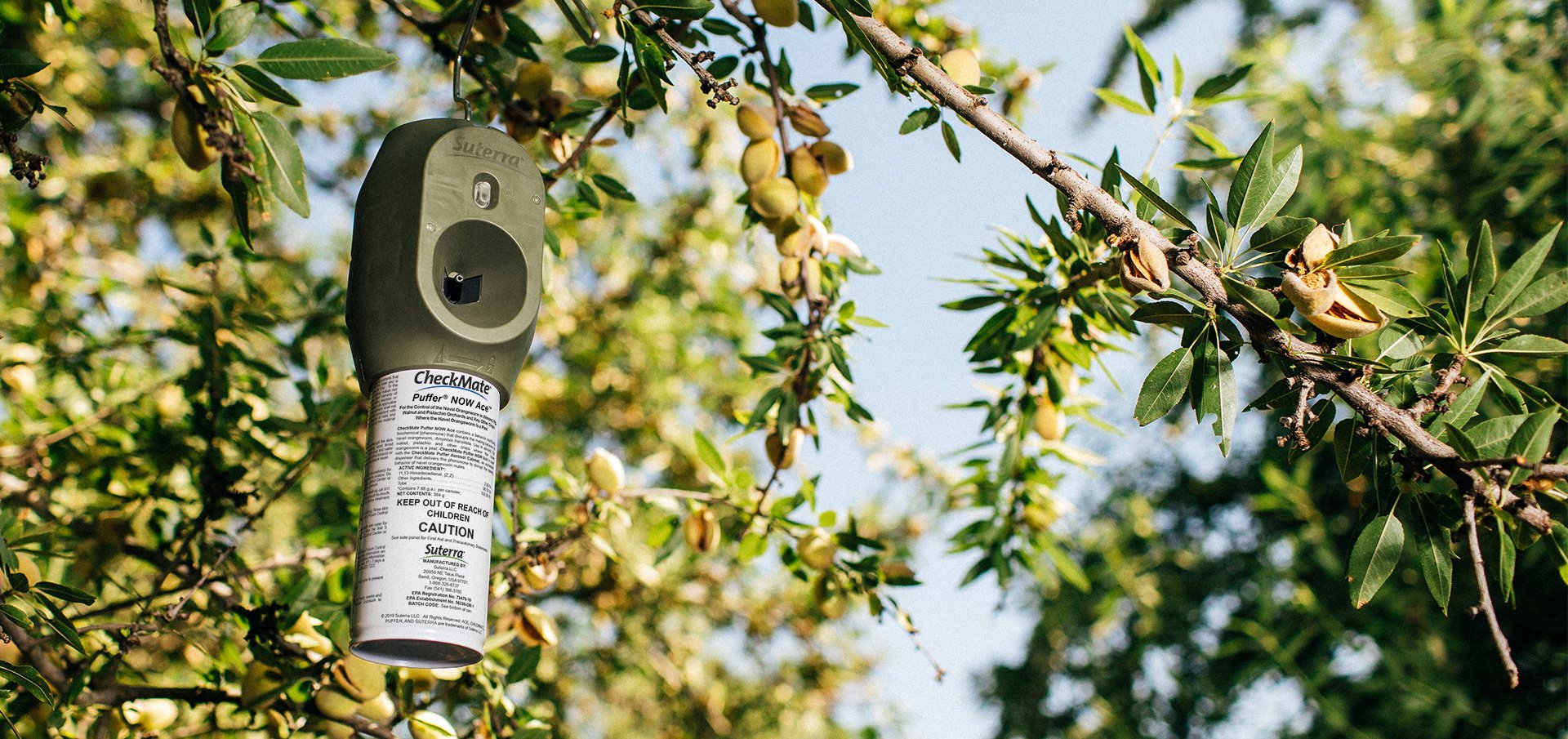
Puffer®
Automation | Duration
Suterra invented and perfected aerosol mating disruption. Puffer® products deliver consistent pheromone release, ensuring effective mating disruption all season long, regardless of weather conditions. Pheromone is emitted by electronic cabinets that:
- Contain NASA developed heat shield material batteries
- Withstand all weather conditions, such as rain and dust
- Are pre-programmed to match pest biology
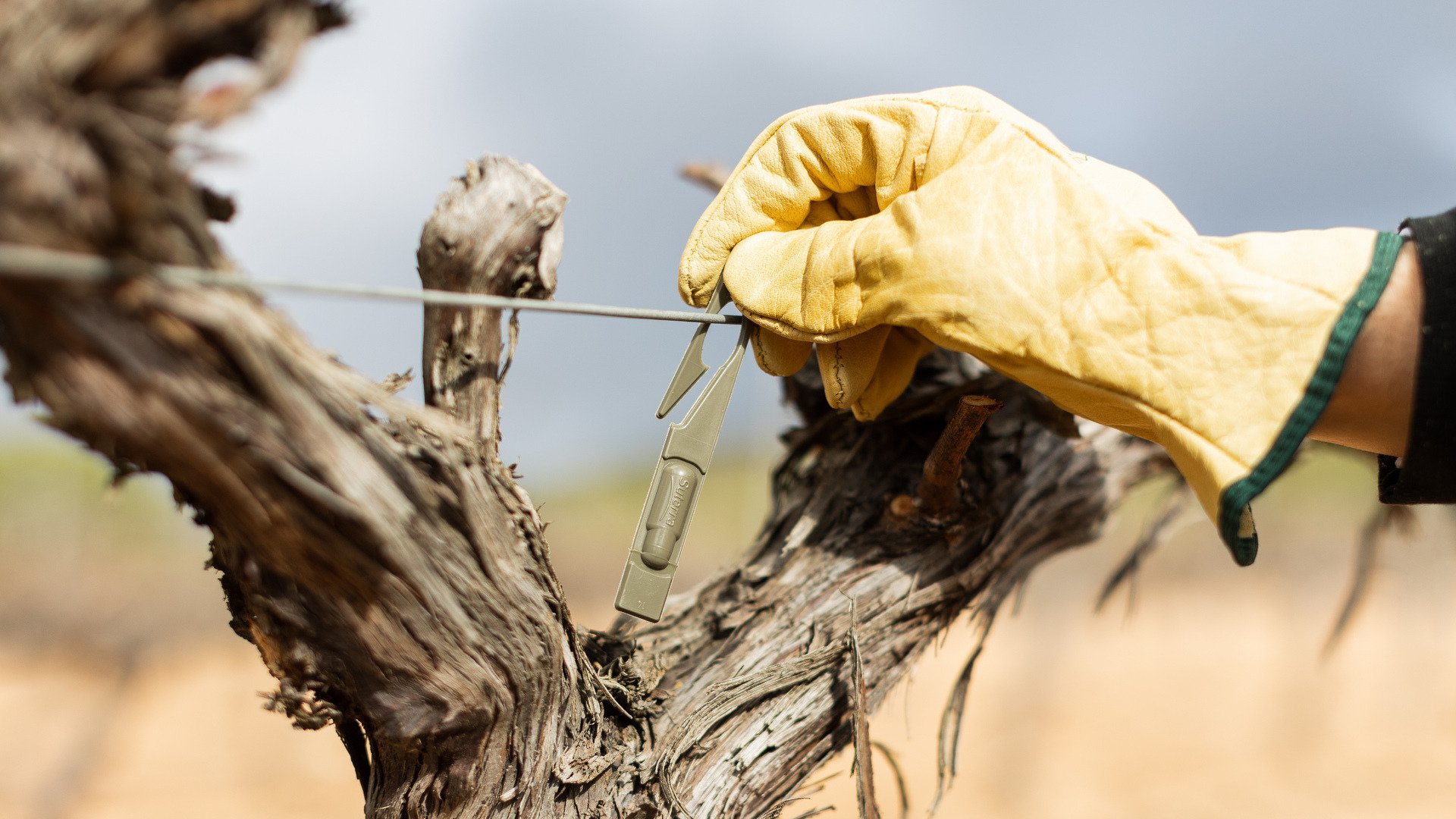
Celada™
Diffusion | Simplicity
Celada is a vapor release dispenser that reliably emits pheromone to disrupt mating for an entire calendar year. Its proprietary resin formula interacts with pheromone at a molecular level to precisely control the release rate. The integrated hook is designed to facilitate easier deployment.
- Precise, controlled release rate
- Consistent performance across all environmental conditions
- Integrated hook designed to withstand harvest activities

Sprayable
Microencapsulation | Flexibility
Targeted applications of microencapsulated pheromones allow growers to introduce mating disruption as part of their standard spray program or receive unique benefits depending on the time of growing season.
- Longest acting sprayable product, compared to conventional insecticides
- Applied using traditional or novel equipment at lower volumes and higher speeds
- Zero pre-harvest interval (PHI) and minimal re-entry interval (REI)
The pests we help control
Since its inception, mating disruption has become a cornerstone of Integrated Pest Management programs for moth species, offering sustainable and effective control of key pests like navel orangeworm and codling moth. However, Suterra played a significant role in advancing pheromone science by developing the world's first mating disruption solutions for non-lepidopteran pests, such as vine mealybug and California red scale. Suterra focuses heavily on early stage product development, in addition to its current product offerings that span a wide range of crops and pests globally.
Suterra products foster grower/pollinator relationships
Suterra’s products are a fantastic option for growers using beneficial insects as an asset to their crops. The products mimic the highly specific sex pheromones of target pests to reduce mating and overall populations. As a result, the products are species-specific and have no impact on native insects, pollinators, or the pests’ natural enemies. Pheromone products leave zero residue and they naturally degrade once released, relieving growers of the worry about residue getting in their plant’s systems- or the systems of visiting pollinators. By putting a greater focus on pest management methods that only affect target species, growing activities are more sustainable and help protect these important species.
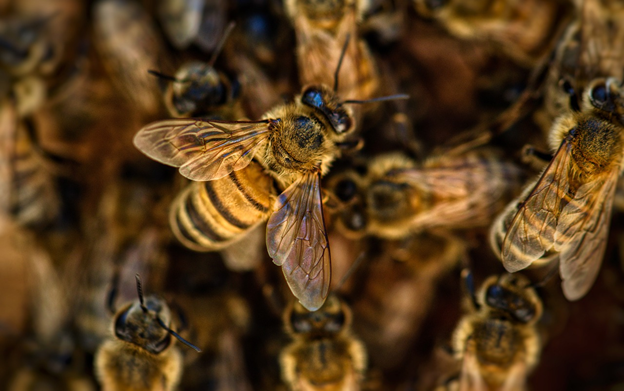
The History and Evolution of Mating Disruption: From Discovery to Agricultural Innovation
Mating disruption revolutionized pest control, but it began with 19th-century discoveries by French naturalist Jean-Henri Fabre, who showed that insects locate mates using species-specific pheromones. This insight led to decades of research into insect communication. Early efforts relied on time-intensive behavioral assays, but advancements like electroantennogram (EAG) technology and molecular techniques such as mass spectrometry and nuclear magnetic resonance accelerated the process, enabling precise identification of insect pheromones. Field trials later proved pheromone-based disruption could suppress pest populations. These successes paved the way for monitoring tools and commercial mating disruption products that have since transformed modern agriculture.

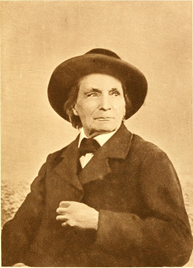
1870s
In experiments conducted by Jean-Henri Fabre, male peacock moths located females using an odor imperceptible to the human nose, and the male antenna was responsible for detecting the female-produced stimulus.
1959
The first successful isolation and identification of an insect pheromone was bombykol, the female sex pheromone of the domestic silk moth. This discovery spurred biochemists to identify pheromones for thousands of economically significant pest species.
1967
Lyle Gaston and coworkers at the University of California first demonstrated that synthetic pheromones could be used to implement mating disruption of cabbage looper moths in the field, proving that this technique was a promising pest management tool.
1970s
Growers were introduced to pheromones in the 1970s when the first lures for monitoring were released. Using the sex pheromone of the female insect, these traps lured males to a sticky sheet where they could then be easily counted to help inform treatment decisions.
1980s
Mating disruption jumps from science to industry. Companies like Suterra are born, and the first mating disruption product targeting pink bollworm was introduced, revolutionizing pest control by preventing male insects from locating females for reproduction.
1990s
The first large-scale mating disruption adoptions take place. Pioneering and progressive growers begin adopting these products into their standard pest control programs.
1998
Suterra registered the first aerosol mating disruption product in the United States for use against peach twig borer, a pest most prevalent in stone fruit.
2010
Suterra was the first to develop and release a mating disruption product for a non-Lepidopteran pest, vine mealybug.
2014
Suterra finished building the world’s largest chemical facility dedicated exclusively to pheromone production, located in Bend, Oregon.
2017
Suterra released the first-ever full-year mating disruption dispenser, targeting the citrus pest California Red Scale.
2022
Mating disruption is adopted on 3+ million acres worldwide, driving sustainability in agriculture and innovation in the field.
2023
Suterra releases its latest vapor dispenser, a resin-based design that releases vine mealybug pheromone for a full year. Celada™ VMB is widely adopted throughout California and Europe.
2025
Mating disruption is recommended globally as a foundational approach to integrated pest management for control of the world’s most destructive pests including codling moth, navel orangeworm, vine mealybug, California red scale, Oriental fruit moth, diamondback moth, and European grapevine moth.
Get Expert Mating Disruption Help
The specialists at Suterra are happy to work with you to determine an IPM strategy that will work well on your farm. Contact your local representative or send us a message.
